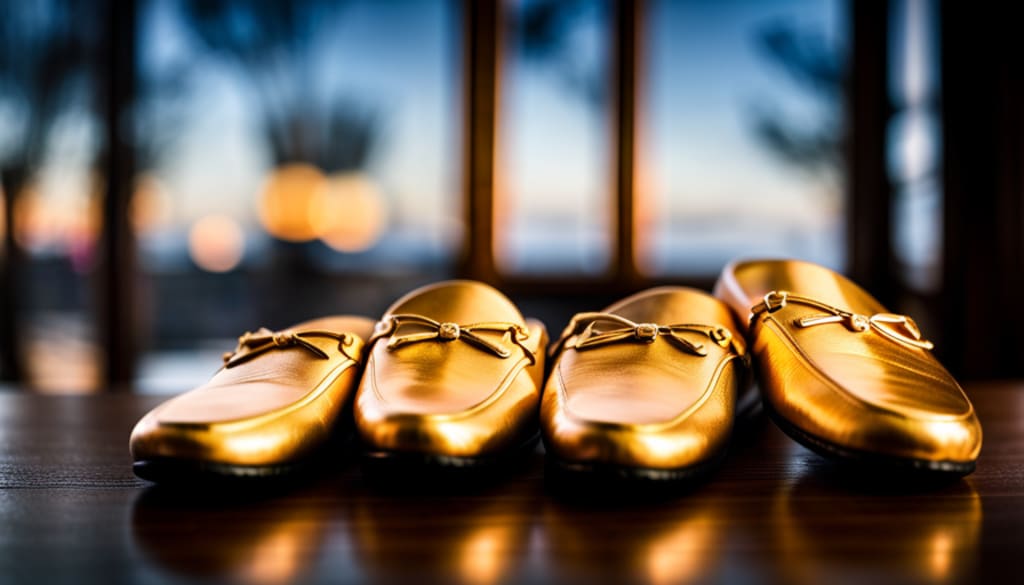Boots of Leather Slippers of Gold
History of a Lesbian Community

This "important work" came out of the Buffalo Women's Oral History project begun in 1978. The study was put together over a period of fifteen years, by a team that included the authors: anthropologist Elizabeth Lapovsky Kennedy, and Gay and lesbian activist, Madeline Davis. They joined together in order to study a working class lesbian community in Buffalo New York, through the decades of the 1940's and 1950's.
While they "adhered to thorough and responsible research," (Kennedy / Davis, XVI preface) and set out to be as inclusive as possible, many ethnic and minority members were not willing to speak with them, despite the word of mouth support from their community members (Eakler).
They used information from forty-five narratives (Eakler) that clearly shows a privileged view of white butch lesbians (Kennedy / Davis, preface) within a bar culture. While there were also fewer femmes, racially there were also fewer African American, Native American, and other ethnic or minority groups.
When they looked closely at the study they found that though it did not cover their original intentions, the research they had gathered was from a much maligned minority that deserved to be heard and studied. The narrative voices speak as lesbian members of the working class whose voices have been buried or devalued for a long time.
In looking at the possible research that could not be gotten, the authors let us know that there are other lesbian ethnic minority groups that are also in great need of study before their primary sources disappear (Kennedy / Davis 24-25).
Their findings indicate that much more research needs to be done in order to expand the lesbian historical record so that it contains more than just the one truth portrayed by a white dominant middle-class lesbian society.
Popular culture, media, and even feminists have stereotyped working class lesbians as low-life's, or imitators of heterosexual behaviors. Kennedy and Davis "suspected that they had forged a culture for survival and resistance under difficult conditions and passed this sense of community on to new-comers" (Eakler).
They define this as a movement in its pre-political stage. This research "revealed that working-class lesbians of the 1940's and 50's were strong and forceful participants in the growth of gay and lesbian consciousness and pride, and necessary predecessors of gay and lesbian liberation" (Kennedy / Davis, 2).
These women "supported one another and helped to change social life and morals in the U.S."(Review of Books). Their butch / fem roles transformed the male/female straight traditional models (Kennedy / Davis, 6), rather than just imitating them. They lived lives that were role- defined, and these roles could be both constricting and liberating.
The limiting of sexual roles to either butch or fem left out many individuals who pursued a sexuality that could not be so strictly defined. Those who could embrace those identifying roles found support and community in a time period when support for lesbians was almost non-existent.
Kennedy and Davis also found that "being lesbian, being butch, being fem, had different meanings over time" (Kennedy / Davis, 23), and aided the socialization process greatly. It gave new-comers information that could start them out in lesbian life.
They also found that "socializing publicly with other lesbians of the 40's and 50's took its toll. Many women went back to straight life. Some women ended up suffering illness, succumbing to alcohol, or even committing suicide" (Kennedy / Davis, 24).
Ultimately Kennedy and Davis noticed that two aspects of community life come up repeatedly in the narratives: "claiming, defending, and enjoying public space" and "finding the love of your life" (Kennedy / Davis, 25). These women looked for a place to be themselves and live out their lives, and they searched continually for a person to share that life with.
Not only should all lesbians read this book, but so should all women, be they professional or non-professional, upper-class, middle-class, or lower-class. It reminds us all about who gets left behind when a movement goes political.
Anyone not seen as politically correct at the beginnings of the political movement, anyone who cannot clean up their behavior so that it can be presented smoothly within the public eye, is going to get pushed aside, hidden until they are forgotten or they go away, leaving the movement seemingly clean and coherent, and much more palatable to a mainstream conservative middle-class society.
These women tell the truth about lesbian lives that have been hidden away, cleaned up. They did exist, and have a voice that should be heard. These stories speak volumes about where lesbians today come from, and why we have a history of resistance. In this book they have a voice that will not be forgotten, and those voices will someday change the way we look at the historical record of humanity.
End Notes
"Review of Books," American Historical Review. October 1994, pg. 1417.
Vickie L. Eakler. "A History of Our Own," Lesbian Review of Books, (1) Autumn 1994, pgs. 2-3.
Boots of Leather, Slippers of Gold: The History of a Lesbian Community by Elizabeth Lapovsky Kennedy and Madeline D. Davis. NY: Routledge, 1993, 434 pgs.
About the Creator
CL Robinson
I love history and literature. My posts will contain notes on entertainment. Since 2014 I've been writing online content, , and stories about women. I am also a family care-giver.






Comments
There are no comments for this story
Be the first to respond and start the conversation.